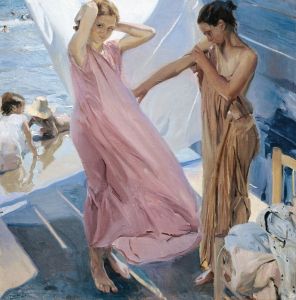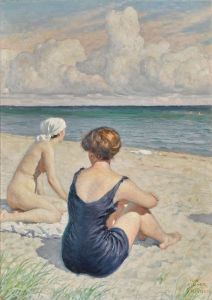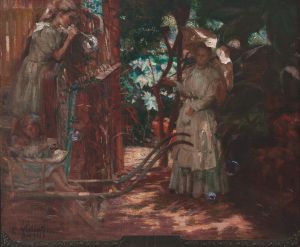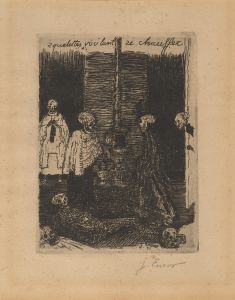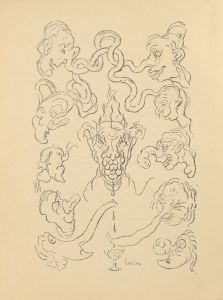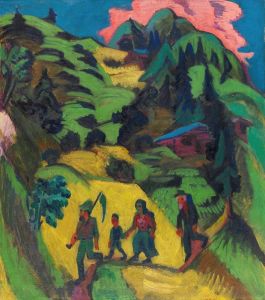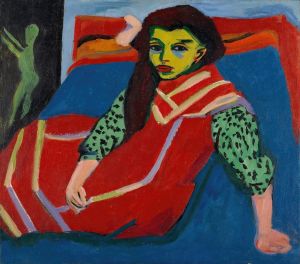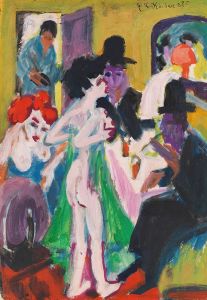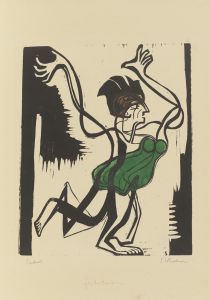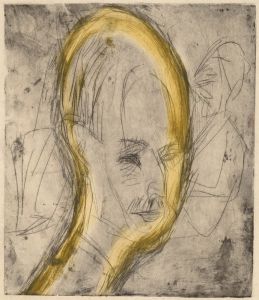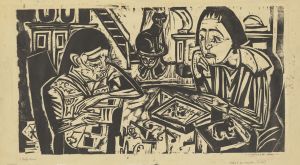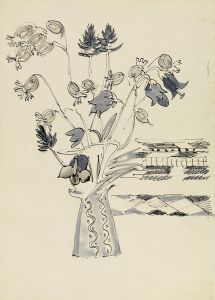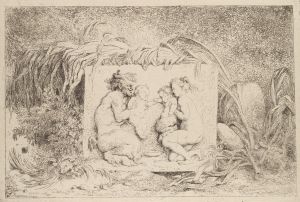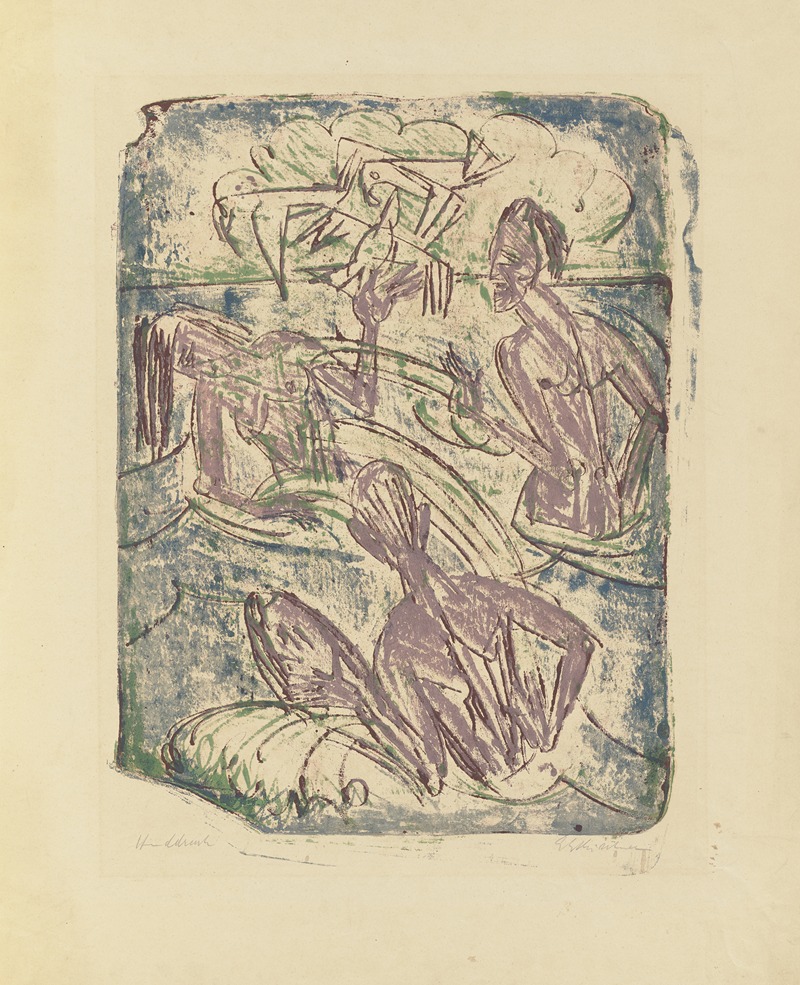
Spritzende Badende
A hand-painted replica of Ernst Ludwig Kirchner’s masterpiece Spritzende Badende, meticulously crafted by professional artists to capture the true essence of the original. Each piece is created with museum-quality canvas and rare mineral pigments, carefully painted by experienced artists with delicate brushstrokes and rich, layered colors to perfectly recreate the texture of the original artwork. Unlike machine-printed reproductions, this hand-painted version brings the painting to life, infused with the artist’s emotions and skill in every stroke. Whether for personal collection or home decoration, it instantly elevates the artistic atmosphere of any space.
"Spritzende Badende" (Splashing Bathers) is a painting by the German expressionist artist Ernst Ludwig Kirchner, created in 1910. Kirchner was a founding member of the influential art group Die Brücke (The Bridge), which played a crucial role in the development of Expressionism in the early 20th century. This movement sought to convey emotional experience rather than physical reality, often through bold colors and dynamic compositions.
The painting "Spritzende Badende" exemplifies Kirchner's distinctive style, characterized by vivid colors, energetic brushwork, and a focus on the human figure in motion. The work depicts a group of nude bathers frolicking in a natural setting, a common theme in Kirchner's oeuvre. This subject matter reflects the artist's interest in the liberation of the human spirit and the rejection of societal norms, which were central tenets of the Die Brücke group.
Kirchner and his contemporaries were inspired by the idea of returning to nature as a means of escaping the constraints of modern urban life. This is evident in "Spritzende Badende," where the figures are immersed in a vibrant, almost primal landscape. The painting captures a sense of spontaneity and freedom, with the figures seemingly caught in mid-motion, their bodies interacting dynamically with the surrounding environment.
The use of color in "Spritzende Badende" is particularly striking. Kirchner employs a palette of bright, non-naturalistic colors to evoke emotion and energy. The juxtaposition of these colors creates a sense of movement and vitality, drawing the viewer into the scene. This approach to color is a hallmark of Kirchner's work and reflects the influence of Post-Impressionists like Vincent van Gogh and Paul Gauguin, as well as the Fauves, who also prioritized color as a means of expression.
Kirchner's technique in this painting involves loose, expressive brushstrokes that contribute to the overall sense of dynamism. The figures are outlined with bold, black lines, a characteristic feature of Kirchner's style that adds definition and contrast to the composition. This method of outlining also serves to emphasize the emotional intensity of the scene, a key aspect of Expressionist art.
"Spritzende Badende" is not only a testament to Kirchner's artistic skill but also a reflection of the broader cultural and social currents of the time. The early 20th century was a period of significant change and upheaval, with artists like Kirchner seeking to challenge traditional artistic conventions and explore new ways of seeing and representing the world. Through works like "Spritzende Badende," Kirchner and his peers sought to capture the essence of human experience in a rapidly changing society.
Today, "Spritzende Badende" is recognized as an important work within Kirchner's body of work and within the broader context of German Expressionism. It continues to be studied and appreciated for its innovative approach to form, color, and subject matter, as well as its ability to convey the emotional and psychological depth that defines Expressionist art. The painting is held in high regard by art historians and remains a significant piece for those interested in the evolution of modern art.





